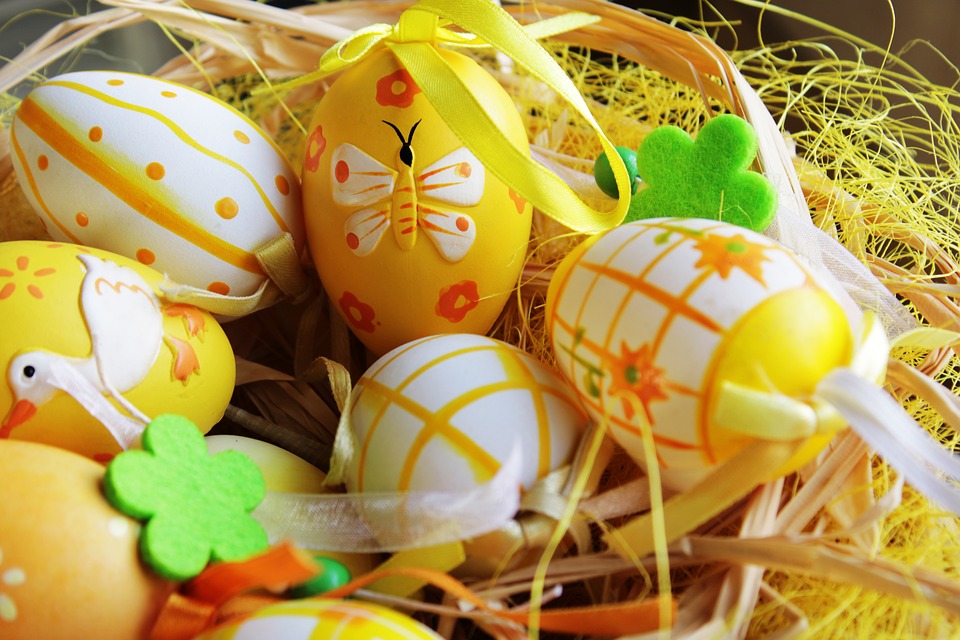Those who are particular about using eco friendly non-toxic cleaning products in their homes, might also be interested in an environmentally friendly Easter project, that is not only beautiful and ornamental, but edible too. Dying eggs with natural dyes have long been done around the Spring time, and the experimentation and colours you can achieve can be really fascinating.
Whether you do this Easter egg colouring project with children, or just by yourself, you are sure to see some stunning results.
There are two ways in which you can dye eggs for Easter. The first is to hard boil your eggs in water that has the dye – so diluted beetroot juice, a turmeric and water solution, or perhaps onion skins, however this will only give a subtle effect. For the best most striking results, you should hard boil the eggs first in plan water, and then leave to soak in the dye solution for at least 12 hours overnight. This means that you can make the dye super concentrated for strong results, and also you can choose to do different eggs in different colours. Do the egg soaking in the fridge to ensure that the egg stays edible.
Things that can be used for creating natural dyes for the eggs are – beetroot for red/pink eggs, red onion skins for lavender, turmeric for yellow eggs, purple cabbage for blue. Note as well that a different colour effect will appear on brown eggs as it will on white eggs. To finish the eggs off, once dry, they can be polished a little with some cooking oil, and this will give them a lustre finish akin to jelly beans!
These eggs can then be used as a table centre piece, as part of an Easter egg hunt, or as a fancy way of presenting eggs at a picnic or buffet.

